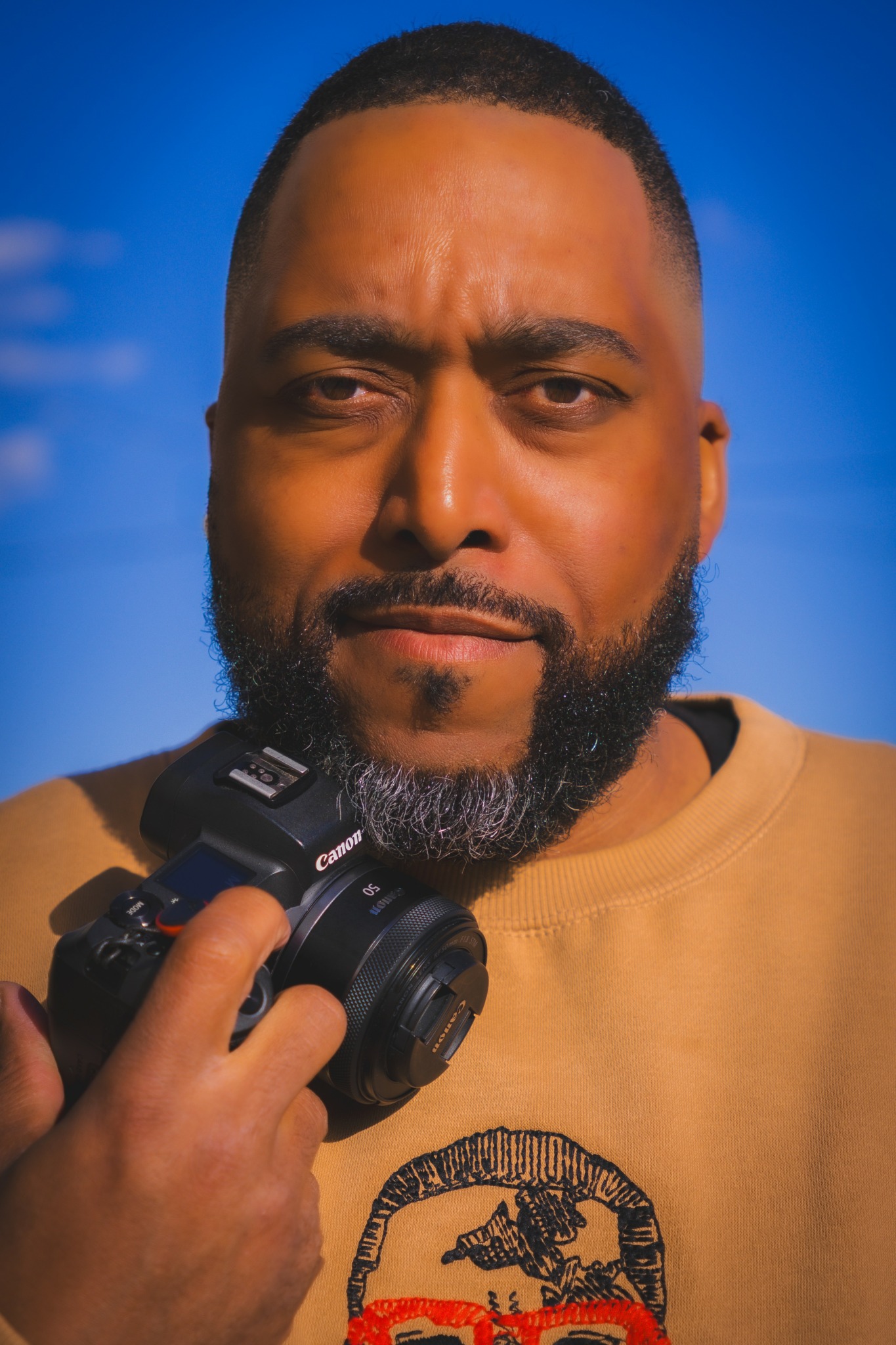We recently connected with Branndon Brown and have shared our conversation below.
Hi Branndon, thanks for joining us today. If you could go back in time do you wish you had started your creative career sooner or later?
Honestly, I believe it’s never too late to lean into your creative side and find something that truly engages you on all levels. That’s something I’ve come to learn firsthand. I didn’t grow up in an environment where creativity was really promoted as a career path. I remember wanting to play the saxophone in sixth grade. It was all I wanted at the time, but my parent steered me toward taking an introductory computer coding class instead. There’s nothing wrong with coding, but that moment stuck with me. It was one of those subtle instances where I think creativity can be stifled early on, especially when it’s seen as impractical or unprofitable.
Even though that didn’t kill my creative instincts, it did shape how I viewed creativity in relation to my future. For a long time, I never believed I could be creative and make a living doing it. So I followed the path a lot of us take. I worked regular jobs from my teens into adulthood. And like many millennials, I eventually hit a point where I wanted to explore something beyond the traditional 9–5. That’s when photography found me, or maybe I found it.
I always describe it as my “LSD experiment” moment — like those old videos from the 50s and 60s where someone suddenly sees the world in a totally new way. That’s what photography was for me. It unlocked this whole world of wonder and possibility. I didn’t start with the goal of building a business. I just fell in love with the process. And from there, it became a cycle: the more I created, the more I wanted to create. That desire to explore kept fueling itself.
When I picked up the camera, I started with street photography, but I made a decision early on not to limit myself or box myself into any one niche. That freedom has let me shoot everything from weddings to fashion, family portraits, headshots, brand photography, and even an event for a local politician. For me, every shoot is a new opportunity to grow and tell a different kind of story.
So, do I wish I’d started earlier? Maybe. But I also know that my path, with all its twists, turns, and delays, helped me approach photography with a deep respect and hunger. If I had started earlier, maybe I wouldn’t have appreciated it the same way. And if I’d waited even longer, maybe I never would’ve started at all.
Whether you begin when you’re 15 or 50, I believe the key is to fall in love with the process. That’s what levels the playing field. If you’re passionate and willing to put in the work, not for fame or money, but because you have to create, then you can do anything. That’s the real secret.

As always, we appreciate you sharing your insights and we’ve got a few more questions for you, but before we get to all of that can you take a minute to introduce yourself and give our readers some of your back background and context?
If you’re looking for photography that feels personal, cinematic, and rooted in real stories, I might be your guy. I’m Branndon Brown, a Los Angeles-based photographer and the creative behind Branndon Brown Photography. I don’t limit myself to one niche because I find creativity thrives when you stay open. I shoot everything from street photography and portraits to events, brand work, weddings, and beyond. It’s all about storytelling for me, whether it’s a family photo that becomes part of someone’s legacy or a quiet moment on a street corner that says everything about a city.
Photography came into my life later than it did for some. I’d worked regular jobs for most of my adult life and didn’t grow up thinking of creative careers as viable paths. But once I picked up a camera, it was like a whole new part of me woke up. I became obsessed, not with making money, but with learning the craft. That curiosity evolved into a passion, and over time, that passion became my business.
I think what sets me apart is that I bring the same energy to every project, no matter the subject. Whether I’m working with a model on a stylized shoot or capturing real people in their element on the street, my goal is always the same: to tell a true, compelling story through imagery. I don’t believe in limiting what I can create. And that openness gives me the freedom to say “yes” to unexpected moments, the ones that often end up being the most meaningful.
For clients, I provide high-quality, intentional photography that brings out the best in people, brands, and environments. I help solve the problem of bland or impersonal visuals, whether someone’s trying to elevate their brand, preserve a once-in-a-lifetime moment, or simply see themselves through a new lens. I don’t just take photos, I work collaboratively to make people feel seen and confident in front of the camera.
I’ve photographed cities around the world, including recent trips to India and Singapore, but LA will always be my creative foundation. I’m actively working toward creating a body of work that reflects the real, complex, and constantly changing experience of life in this city. Eventually, I want to publish a book that captures LA in this moment, a visual time capsule for future generations.
What I’m most proud of is that I built this creative life from scratch. No blueprint, no formal training, just passion and persistence. And I’ve been able to create work that connects with people on a real level. Whether it’s someone telling me a photo made them feel powerful or a client coming back because I helped tell their story in a way they didn’t know was possible. Those moments mean everything.
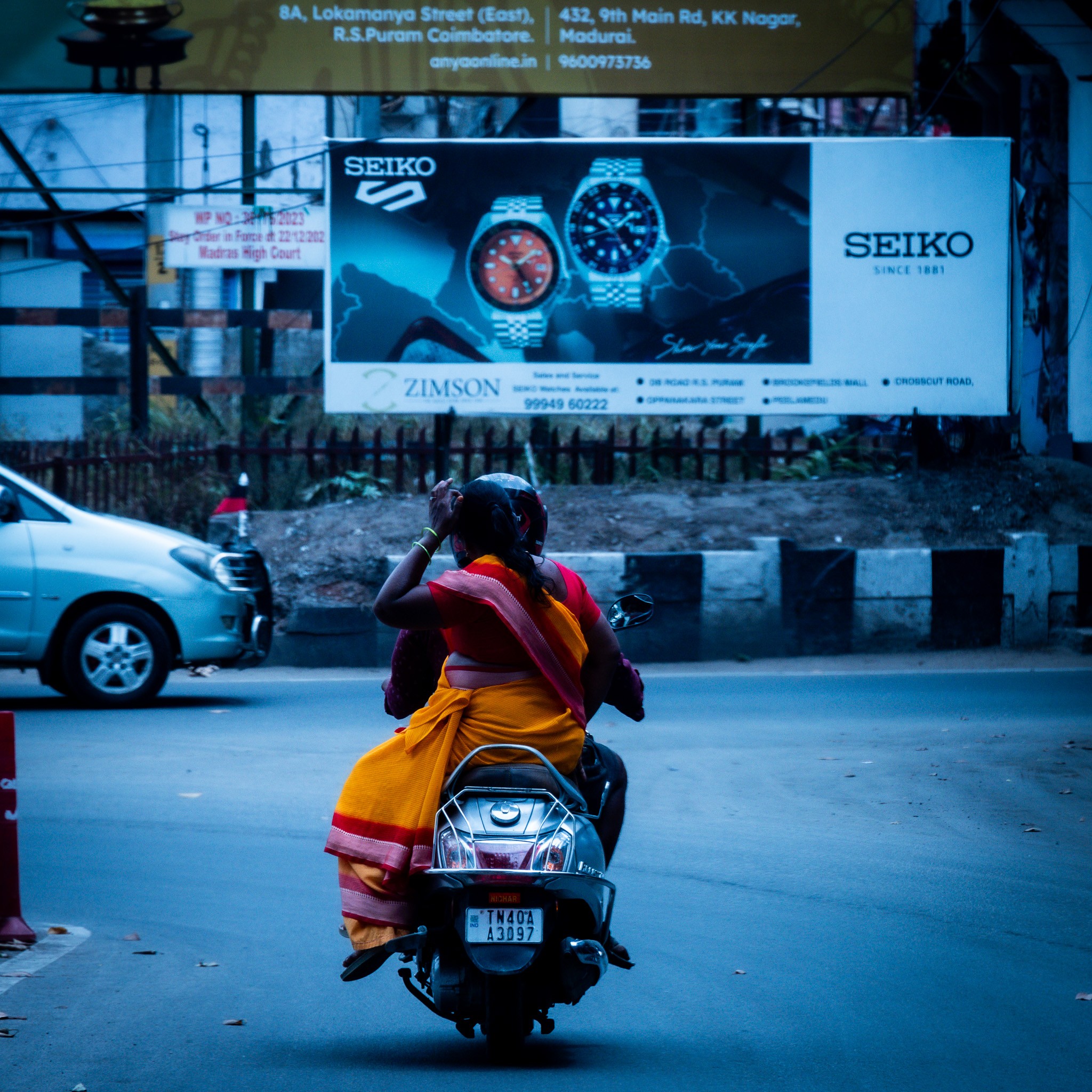
What’s the most rewarding aspect of being a creative in your experience?
For me, the most rewarding part of being a creative is the connection… that deep, quiet moment when someone looks at a photo and sees themselves in it, maybe in a way they never have before. Sometimes, it’s a kind of recognition. Other times, it’s a transformation. It’s when an image reveals something soft, something strong, something true. That’s the magic.
There’s nothing like seeing a person light up because, for the first time, they feel powerful. Beautiful. Important. And other times, it’s a stranger pausing over one of my street photos, because it pulls them into a memory, a neighborhood, a feeling, a part of themselves they thought was forgotten.
I think I’ve always been chasing that feeling: that people deserve to feel like the main character in their own movie. Like they matter. That they’re not just passing through life, but living it. That desire to give people that moment of clarity or confidence is what fills me up. Every time I capture that, it feels like electricity. It reminds me I’m exactly where I need to be.
And then there’s the process. Being a creative means always becoming, always shifting, learning, questioning. There’s no final version of me. No neat destination. Just this beautiful, never-ending loop of curiosity and growth. And I wouldn’t have it any other way.
At the heart of it all, what I do is about making people feel seen, truly seen. Not just styled or posed or perfected. But held in a frame that says: “you exist, and this moment mattered.” To me, that’s not just photography. That’s legacy. And that’s why I’ll never stop creating.
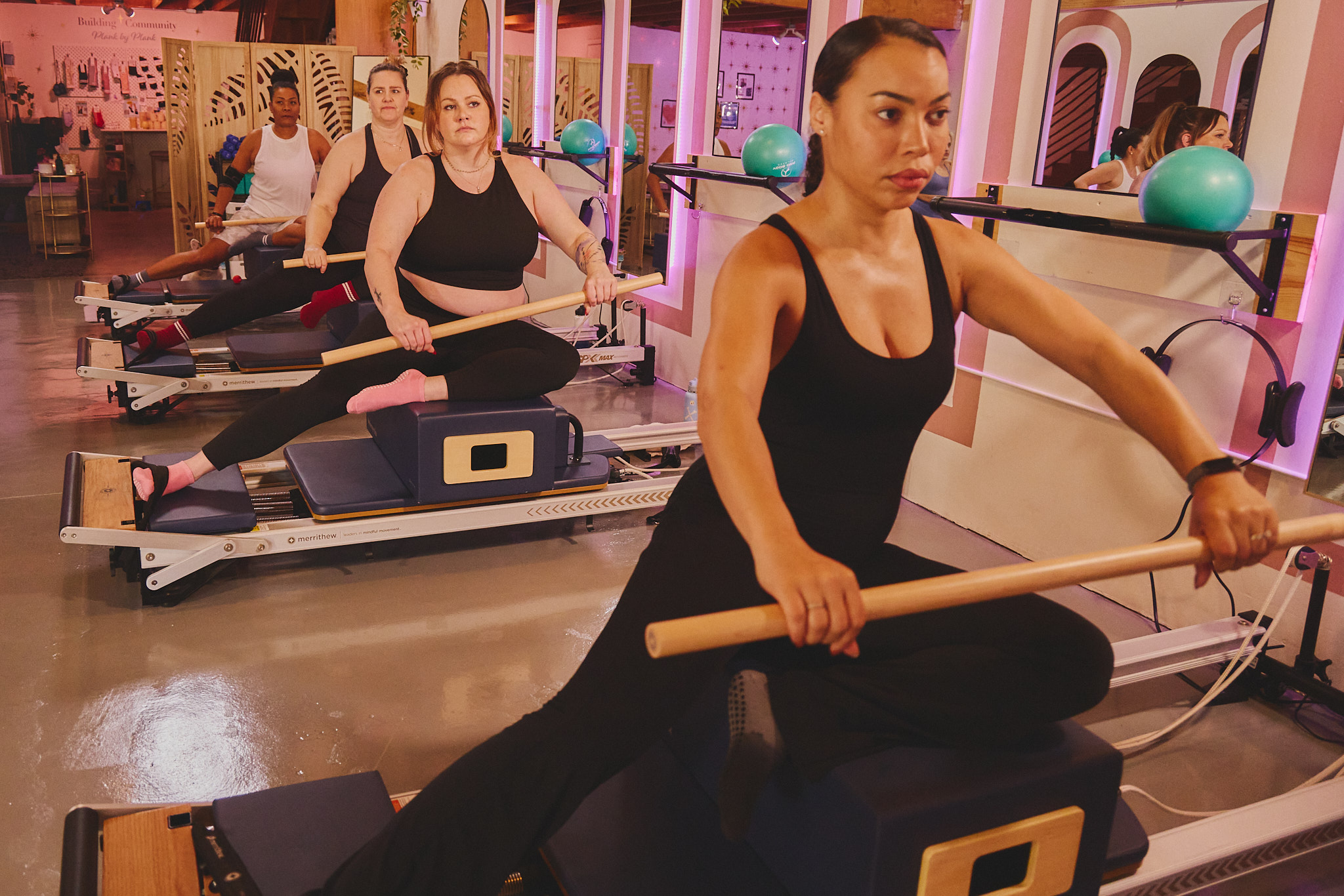
How can we best help foster a strong, supportive environment for artists and creatives?
I think one of the most important things society can do to support artists and creatives is simple, but profound: actually value creativity. In a world where we can generate images with AI, recreate iconic paintings, and remix every song or photograph ever made, it’s more important than ever to understand what real human-made art is. It’s not just a product. It’s preservation. It’s history. It’s a look inside the heart and mind of another person who lived, dreamed, and existed in our shared timeline.
To support a thriving creative ecosystem, we have to build real relationships with the artists around us. We need to go beyond consumption and into connection: What drives them to create? What experiences shaped their perspective? What are they trying to say, and how does that message echo in you? When we engage with artists like this, we don’t just keep art alive, we keep empathy alive.
I know the rise of AI can feel threatening to the creative world, and in some ways, that fear is valid. But I also think there’s space for both, if we make a conscious choice to value the processor and memory of the human brain just as much as the machine. Art is more than an output. It’s a process, a perspective, a piece of someone’s soul. That’s the part no algorithm can replicate.
Every artist I meet has a story that teaches me something about resilience, about vision, about humanity. We need to keep telling those stories and listening to each other. That’s how we grow together.
So, if we want artists to thrive, we have to stop seeing creativity as optional or extra. It’s essential. It’s how we reflect, how we connect, how we remember. And the more we make space for that, through funding, education, patronage, or even just presence, the more we all get to experience a world that feels fuller, more beautiful, and more human.
Contact Info:
- Website: https://www.branndonbrownphotography.com/
- Instagram: https://www.instagram.com/inside_the_golden_spiral/
- Other: https://www.instagram.com/branndonbrown_portraits/

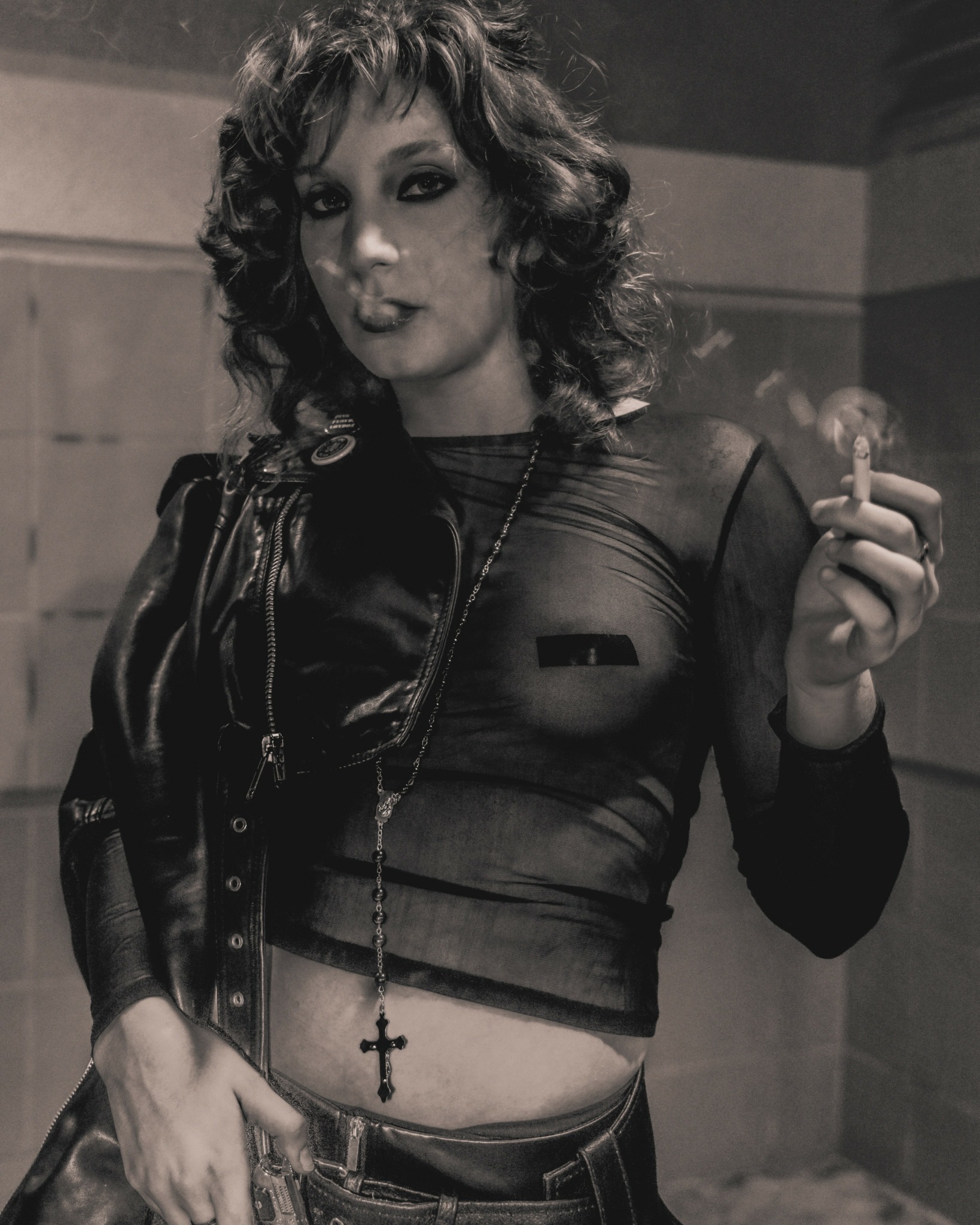
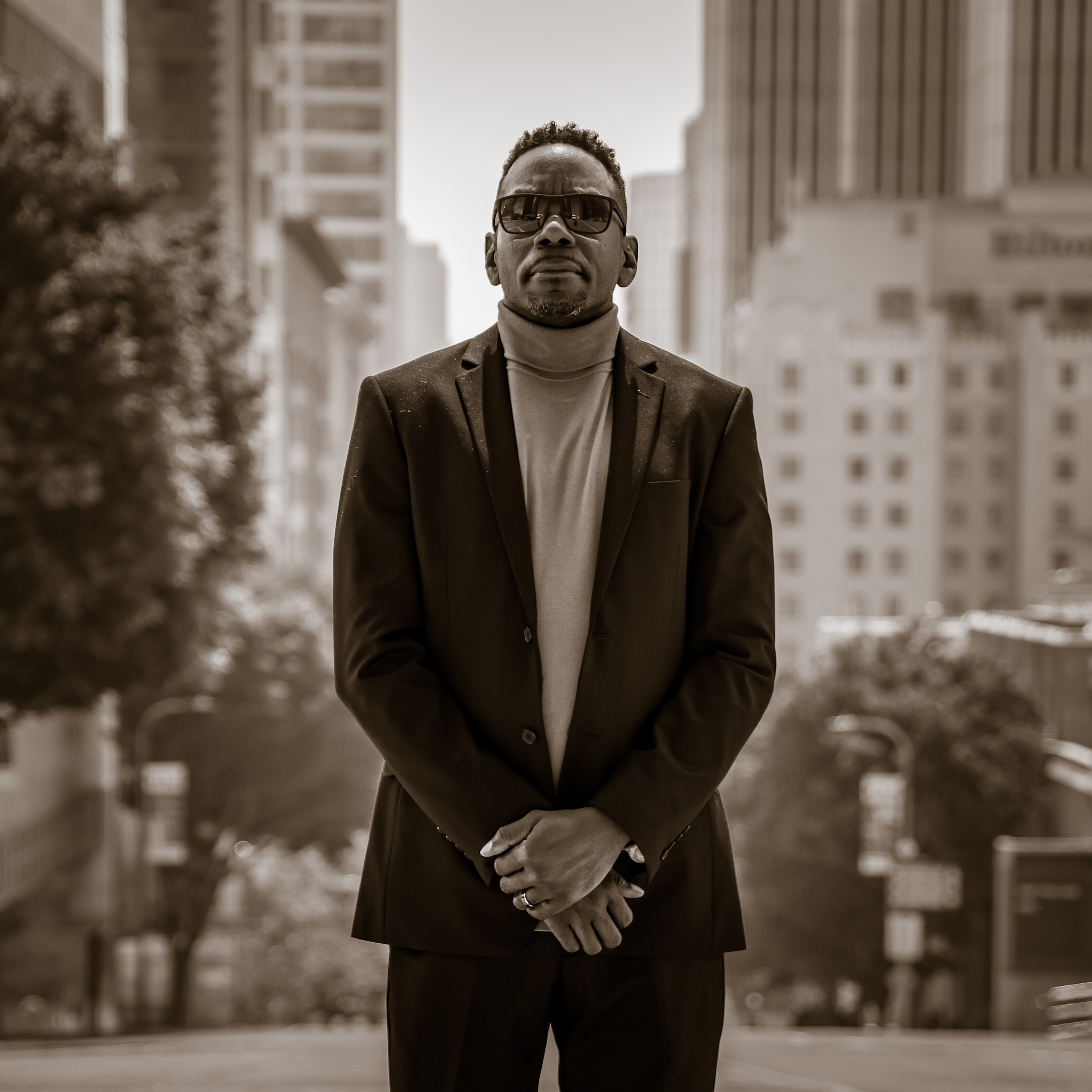
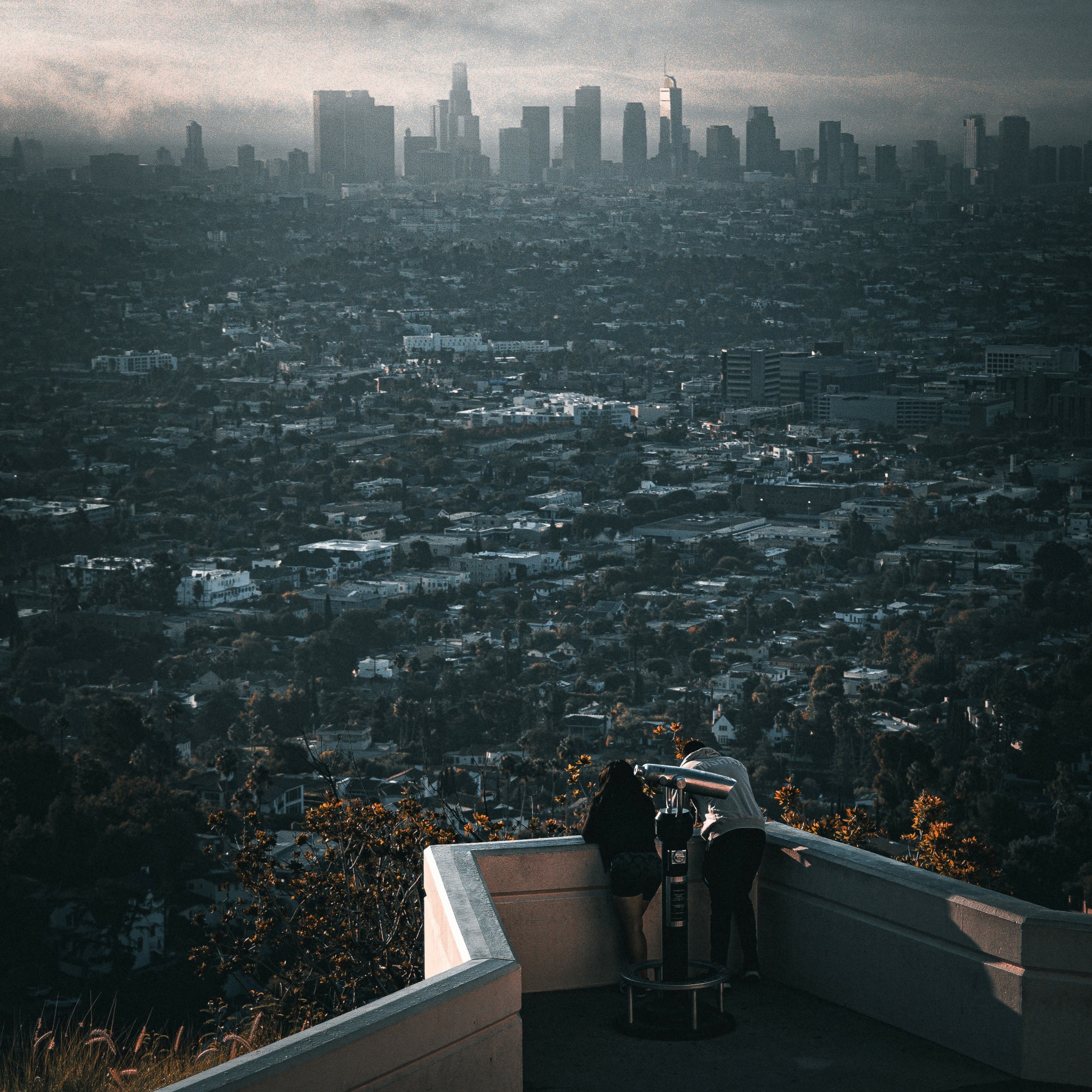


Image Credits
Branndon Brown


